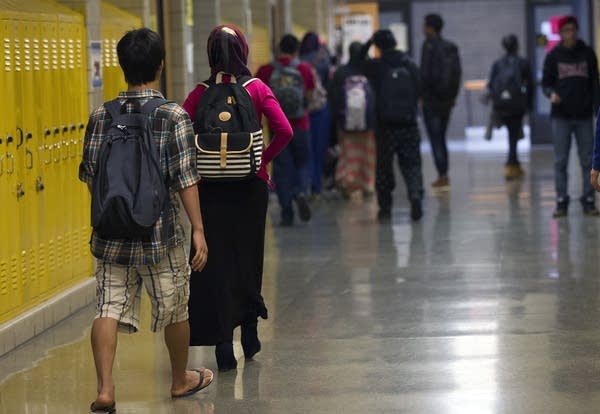Emergency school aid may only be Band-Aid for long-term funding gaps

Students walk the halls of Como Park High School.
Judy Griesedieck for MPR News 2016
Go Deeper.
Create an account or log in to save stories.
Like this?
Thanks for liking this story! We have added it to a list of your favorite stories.


